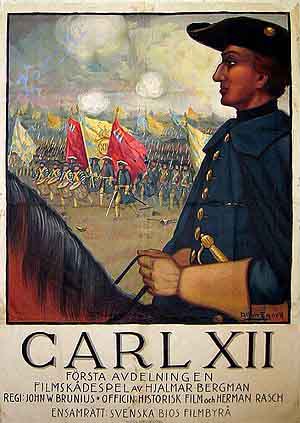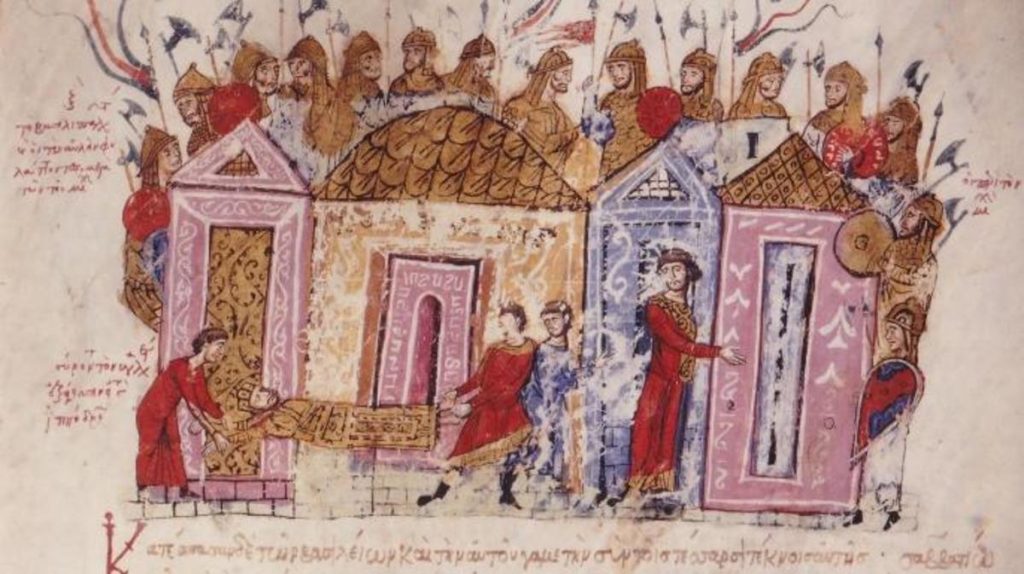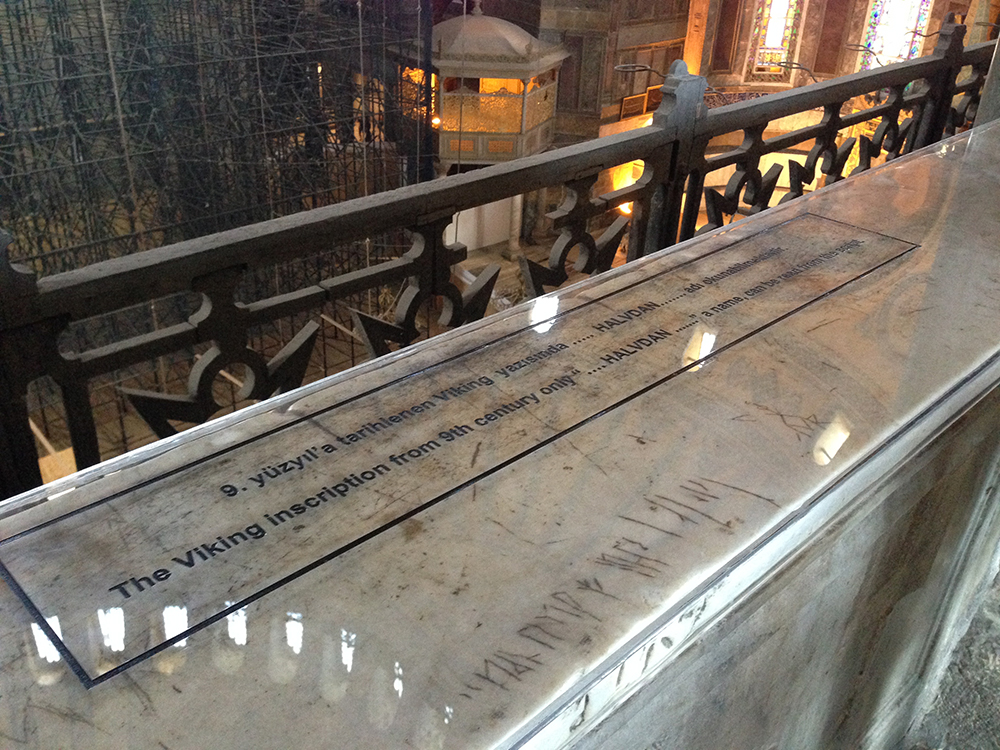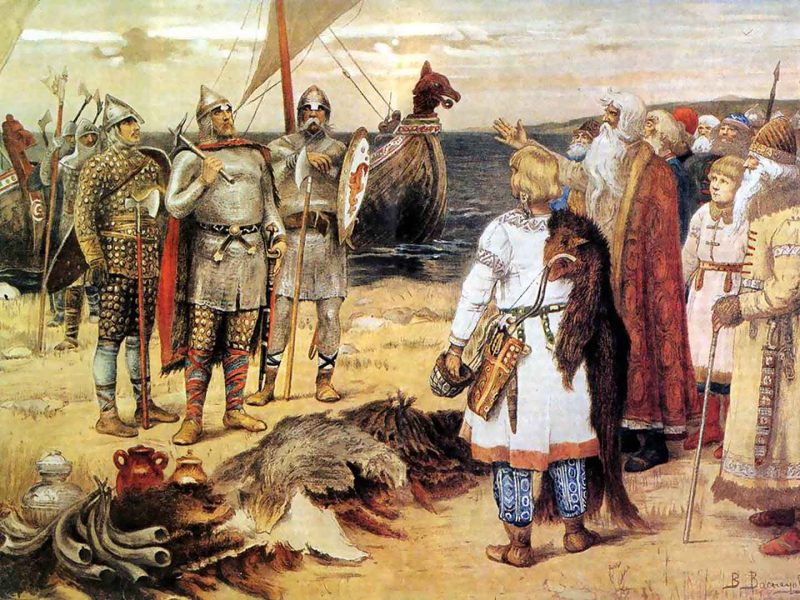The Scandinavians (or Vikings) are not at all distant for Turks, especially for the people in Constantinople with tattooed, large bodies and fighter identities. Scandinavia, home of the Vikings, is the common name of countries in the cold north, including Norway, Sweden, Denmark, Iceland, Finland, Faroe Islands and Greenland. Scandinavia nurtures the film industry today with its stories and legends, and it is particularly famous for its warriors, known as Vikings or Nords. The roads of the people of the northern countries intersected with Istanbul during the Byzantine times.
Scandinavian Culture of the Byzantine Period: Varangian Guards
Constantinople, located at the geographical center of the political turbulence, is also known in history by many assassination attempts. The Byzantine emperors were under constant threat. They could not rely on their own people, so they employed the Scandinavians, or Norsemen, as protectors when they came from the north around the 11th century. All of these protectors gathered from the Viking tribes were loyal and powerful men. The northern people, whose bodies are covered with tattoos from head to foot, were warriors and courageous people. They received good salaries at that time. Thus, the introduction of Scandinavian culture to our geography is due to the Varangian Guards who guarded the Byzantine emperors.

Charles XII (Carl XII) is a popular hero in Sweden, as suggested by this poster for a 1925 film.
Because Varangian guards had very good salaries, they took the title of Lord when they went to their own country and led a very comfortable life. Even in some ruins discovered today, we can see the icons of the Byzantine Cross.
Harald Hardrada is the most famous of the Varangian Nords who came to Istanbul in the 11th century. Since piracy on behalf of the states was considered a profession, Harald Hardrada opened up to the Aegean and the Mediterranean, and along with the famous ships of the Vikings, looted many cities and got large amounts of war prizes. Along with the prizes he got, he became a Norwegian King for a while.
Along with the East Norsemen who were employed by the Byzantine Empire with high salaries, the West Norsemen gradually started to come to Byzantium. Since then, many Scandinavians had settled in Istanbul, and later through Greece, they made the transition to Europe. Today, the Vikings, who are often the subject of films, have become famous for the warrior culture that was shaped in Istanbul at that time.
Charles XII of Sweden’s Refugee in the Ottoman Empire
Scandinavian relations with Istanbul are not limited to the Byzantine period. They also continued during the Ottoman period. Charles XII of Sweden (“Demirbaş Şarl”), one of Sweden’s 18th century kings in the Scandinavian geography, was defeated, which he did not expect when he went on the famous Russian campaign. As a result of this defeat, he came to the Ottoman Empire for refuge.

Globetrotting Vikings The quest for constantinople
As an intelligent king, he fed great Russian hostility. He established very good relations with the Crimean Khan Devlet Giray and Bender Çerkez Yusuf, who were in the administration level of the Ottoman state and known for their hostility to Russia, and fueled the Russian enemy of the Ottoman state through these two personalities. In fact, based on historical evidence, it has been proved that Şarl had a great effect on the occurrence of the Purut War, which Baltacı Mehmet Pasha had made against Russian Tsar Petro I. Charles’ identity was soon discovered by Ahmet I. He obliged for him to reside in Demirbaş Qasr. He was then allowed to return to Sweden.
Inscription in Hagia Sophia
The Ottoman Empire has never denied the Scandinavian tradition of warriors as Ottomans, and has always embraced them. A runic inscription found in Hagia Sophia is a proof that the Scandinavian culture is based on the essence of our existence on our soil. It is on the writing with the Scandinavian letters, “Halvdan was here.” The inscription belongs to the 9th century.

Viking scripture in Hagia Sophia (Photo: Hagia Sophia Museum)

